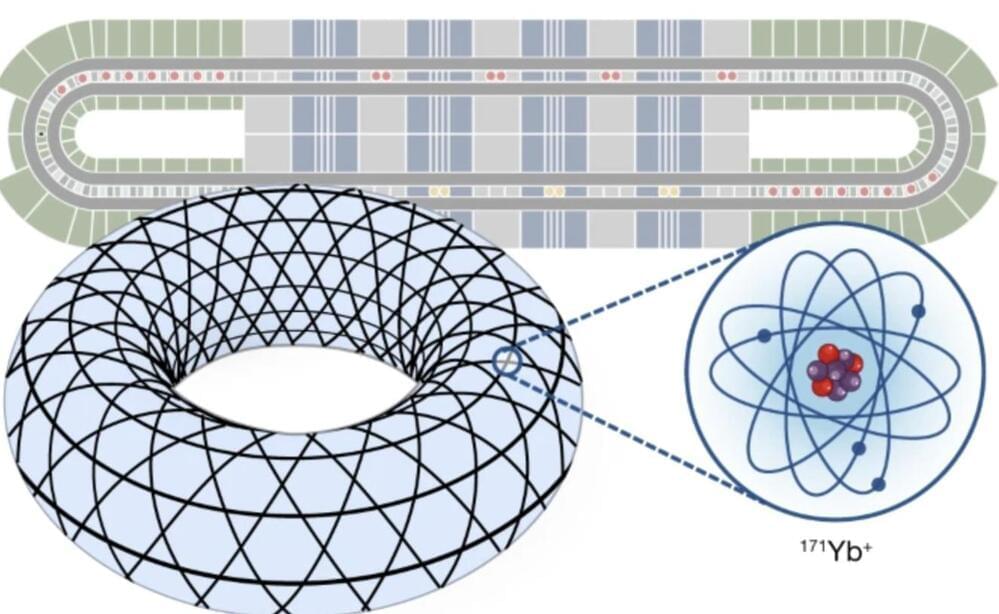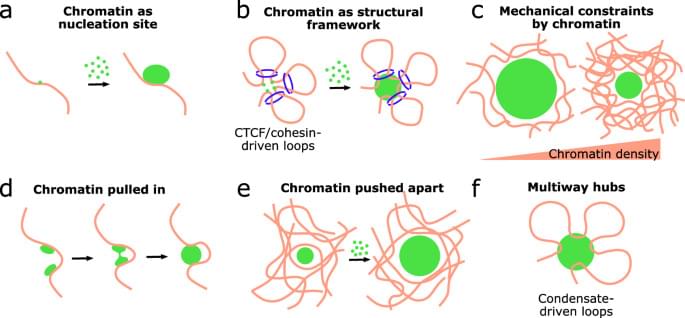A team of researchers in Spain has achieved a breakthrough by capturing the world’s first detailed images of a human cell’s ‘highway network’ beginning to emerge.
The high-resolution images and atomic-scale film help explain a longstanding puzzle of how small structures called microtubules form during cell division. The discovery could progress the development of targeted treatments for cancer, and many other conditions.
“Microtubules are critical components of cells, but all the images we see in textbooks describing the first moments of their creation are models or cartoons based on structures in yeast,” says biochemist Thomas Surrey from the Centre for Genomic Regulation in Barcelona.





